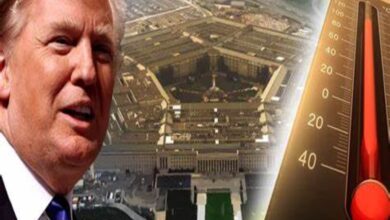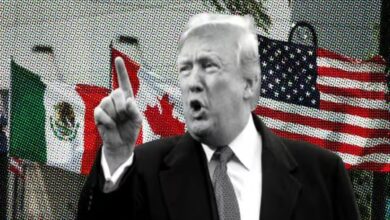No-Confidence Motion Against Modi Government in 2023: A Tug of Numbers in Lok Sabha and the Opposition’s ‘Battle of Perception’

No-Confidence Motion Against Modi Government in 2023: A Tug of Numbers in Lok Sabha and the Opposition’s ‘Battle of Perception’
The outcome of the no-confidence motion is inevitable. But is there any benefit for the opposition in it?
The India coalition has announced a massive attack on the Narendra Modi administration: a motion of no-confidence, less than 10 days after its establishment.
Following a conference of the 26-party INDIA (Indian National Developmental Inclusive Alliance) members, this choice was made. Mallikarjun Kharge, the president of the Congress, started preliminary discussions on this plan on Monday by reaching out to a few opposition party leaders.
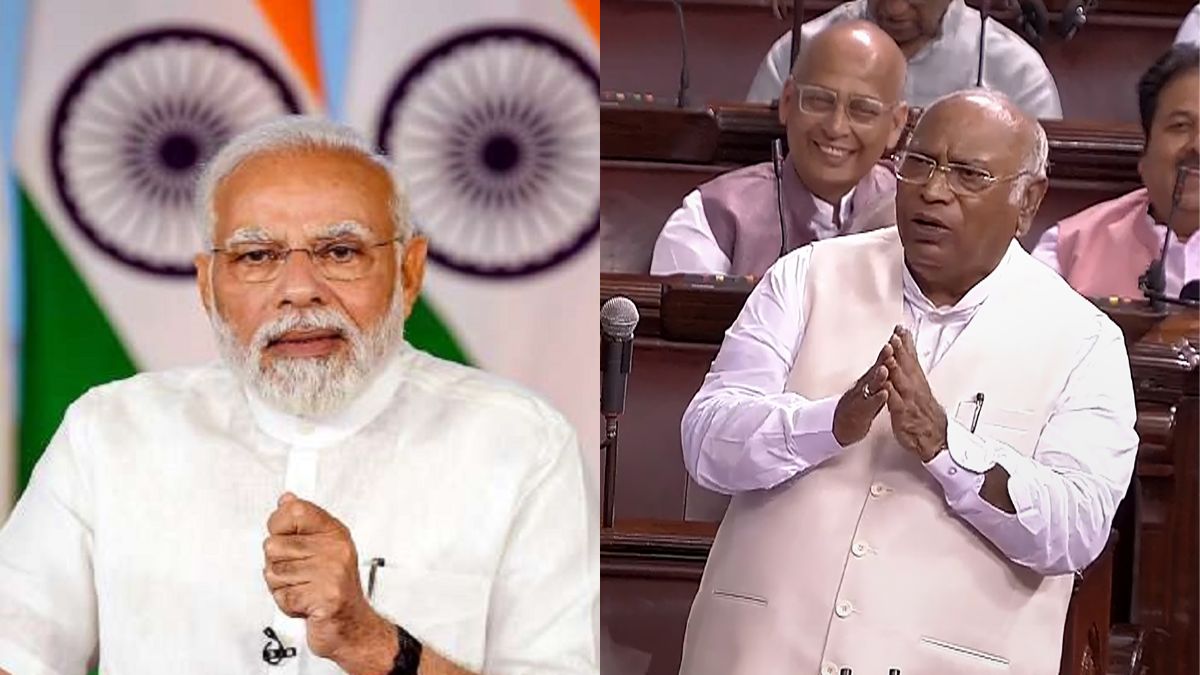
Congressman Gaurav Gogoi submitted the motion on Wednesday. The selection of Gogoi is crucial since Manipur will be a major issue in the motion, and he is one of the Congress’ most significant figures in the Northeast.
It is an amazing coincidence that the last motion for a vote of no confidence was introduced in the 2018 Monsoon Session, precisely five years ago. The Telugu Desam Party, which had left the NDA a few months prior, was the one that started it back then.
The primary goal of the India alliance is to force Prime Minister Narendra Modi to address their accusations on topics that he frequently avoids, particularly the current bloodshed in Manipur.
First of all, the Lok Sabha is unfavourable to the Opposition in terms of numbers. In the Lok Sabha, which has 141 seats and a total membership of 537, there are representatives from India. The NDA is higher than 320. Even if India is able to secure support from a few other Opposition parties, the motion’s outcome is certain.
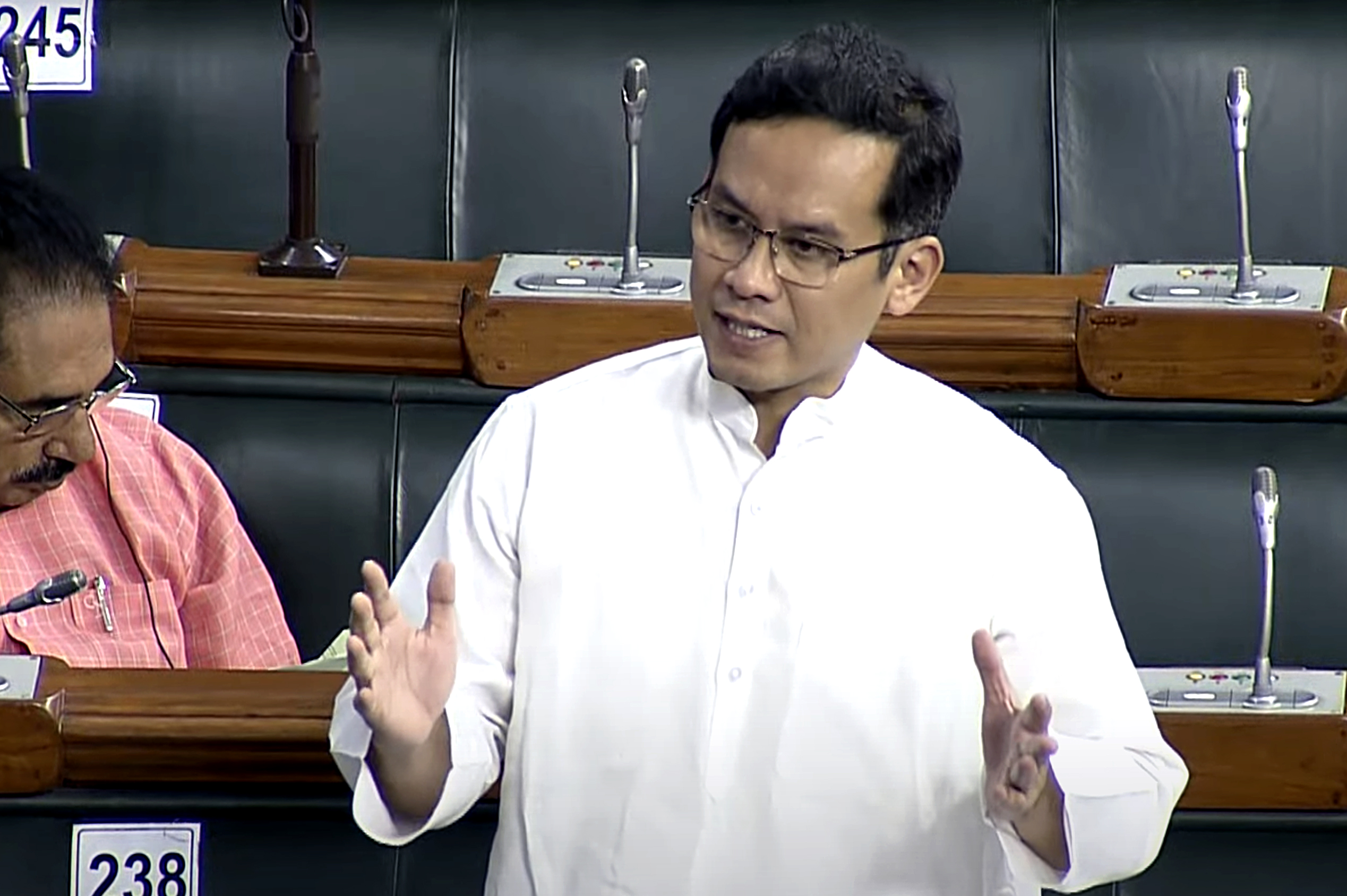
The coalition’s second danger is the possibility that the government may use this motion’s defeat to deflect additional criticism. Lack of weaponry is the Opposition’s third issue.
The Lok Sabha opposition is likewise seriously lacking in weaponry. Rahul Gandhi has been disqualified; prominent Congressmen like Mallikarjun Kharge and P Chidambaram are members of the Rajya Sabha; and Adhir Ranjan Chowdhury, the party’s leader in the lower House, has a history of gaffes.
It will be very difficult for the opposition to present powerful Hindi speakers. There is no representation for the RJD in the House. Both SP’s Akhilesh Yadav and AAP’s Bhagwant Mann, who are both excellent Hindi speakers, left their seats to run in the 2022 Assembly elections. Azam Khan of SP, who was also a strong speaker, had left and was subsequently disqualified.
In Indian politics, a no-confidence motion is a powerful tool in the hands of the Opposition to express disapproval and a lack of trust in the ruling government. The year 2023 saw this critical instrument being employed against the Modi government in a move that was loaded with a potent mix of numerical battle in the Lok Sabha and the Opposition’s struggle for redefining public perception.

A no-confidence motion is essentially a vote on the floor of the Lower House of the Indian Parliament, the Lok Sabha, where the members express their confidence, or lack thereof, in the sitting government. In the event that the government loses this vote, it is obligated to resign, leading to political realignment or general elections. The critical number to watch is 272, the majority mark in the 543-member Lok Sabha.
As of 2023, the Bharatiya Janata Party (BJP), led by Prime Minister Narendra Modi, has 303 members in the Lok Sabha, well above the magic number. The opposition parties combined, meanwhile, hold around 240 seats. The remaining are shared by smaller regional parties and independent MPs, who often play the role of kingmakers in such circumstances.
This numeric advantage that the Modi government enjoys presents a substantial challenge to the Opposition. However, the Opposition has decided to weaponize the no-confidence motion more as a ‘battle of perception’ than a pure numbers game.
The Opposition’s aim appears to be to utilise the no-confidence motion as a platform to voice their criticisms against the government, spotlight perceived inadequacies, and rally public opinion against the ruling party. This is not just about winning the vote on the floor but about winning hearts outside Parliament. It’s about creating a perception that the government is faltering and that the Opposition could offer a credible alternative.
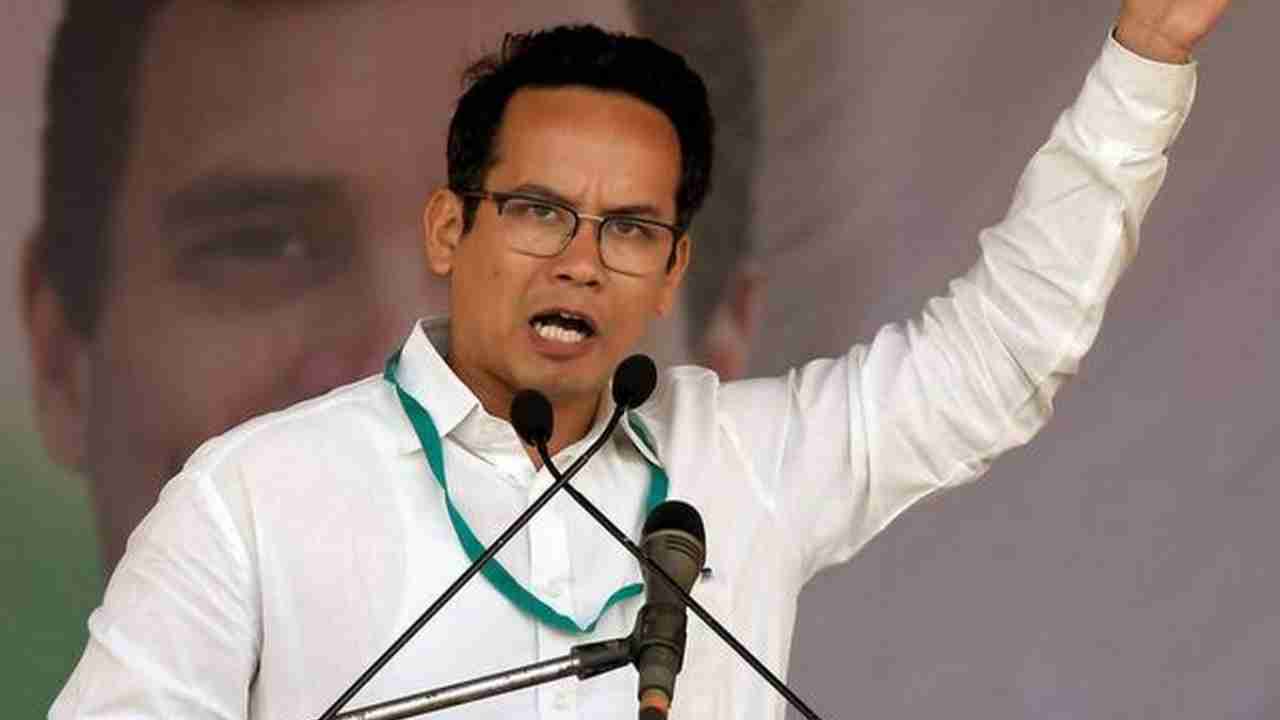
There have been accusations against the Modi government on various fronts, including economic issues, the mishandling of COVID-19, unemployment, and farmer protests. The Opposition aims to bring these issues into sharper focus through the no-confidence motion, even if they may not numerically outdo the BJP in the Lok Sabha.
The Modi government, meanwhile, has been firm in its stand. It claims that it has not just the numbers in Parliament but also the confidence of the people, demonstrated through successive electoral victories. The BJP also argues that the Opposition is using the no-confidence motion as a political tool rather than for its intended democratic purpose. They allege the move is an attempt to destabilise an elected government without having a concrete plan for an alternative.
The no-confidence motion against the Modi government in 2023 is a case study in the dynamic dance of democracy. On one side, the Opposition is wielding the motion as a tool for changing public perception, while on the other, the ruling party is asserting its majority both in Parliament and in public confidence.

While the numbers game seems stacked in favour of the Modi government, the Opposition’s battle of perception could be a decisive factor in the long run, particularly in the run-up to the next General Elections. However, the efficacy of this strategy depends heavily on how the criticisms are voiced, received, and acted upon. The end game of this motion, therefore, transcends the immediate and holds implications for the future of Indian politics.



